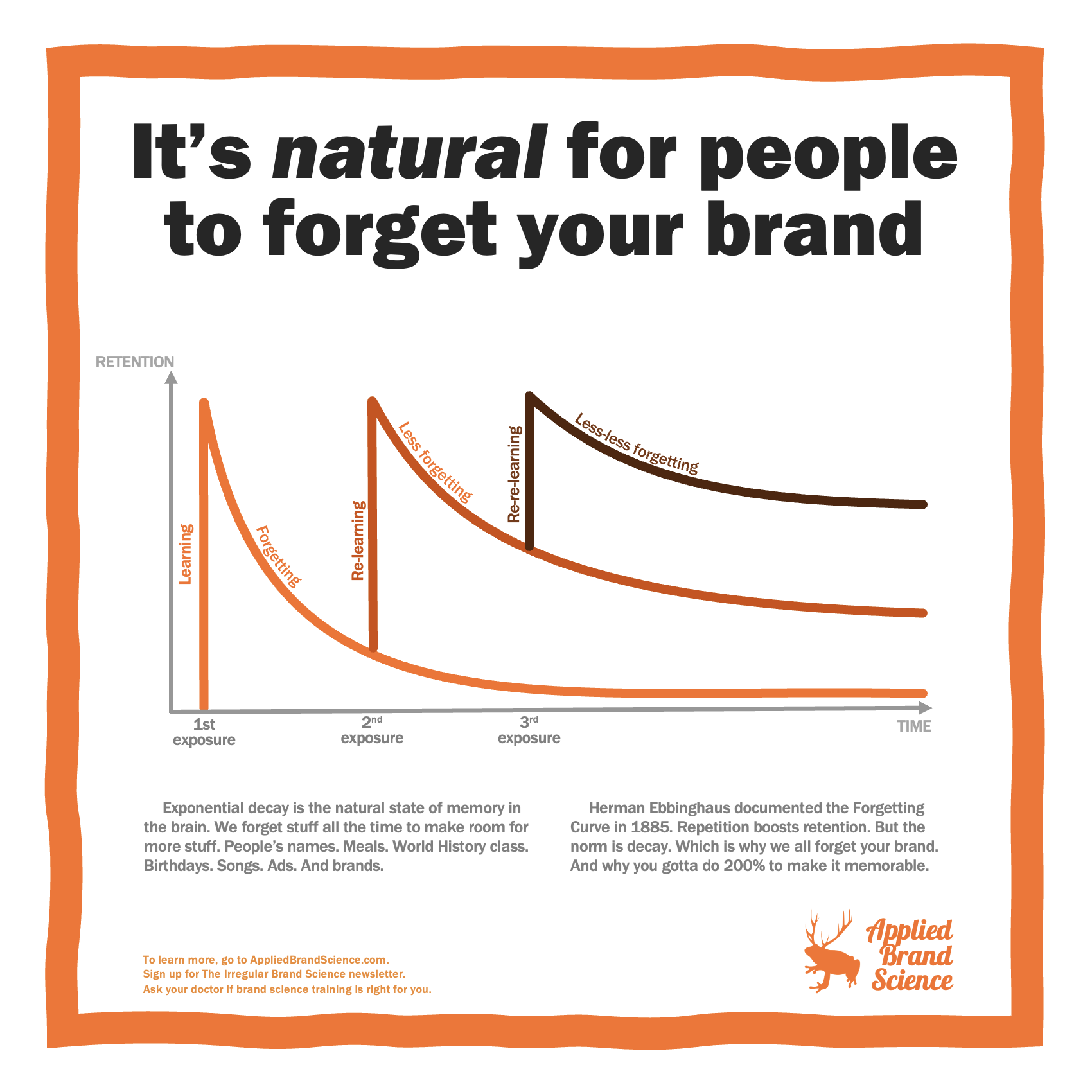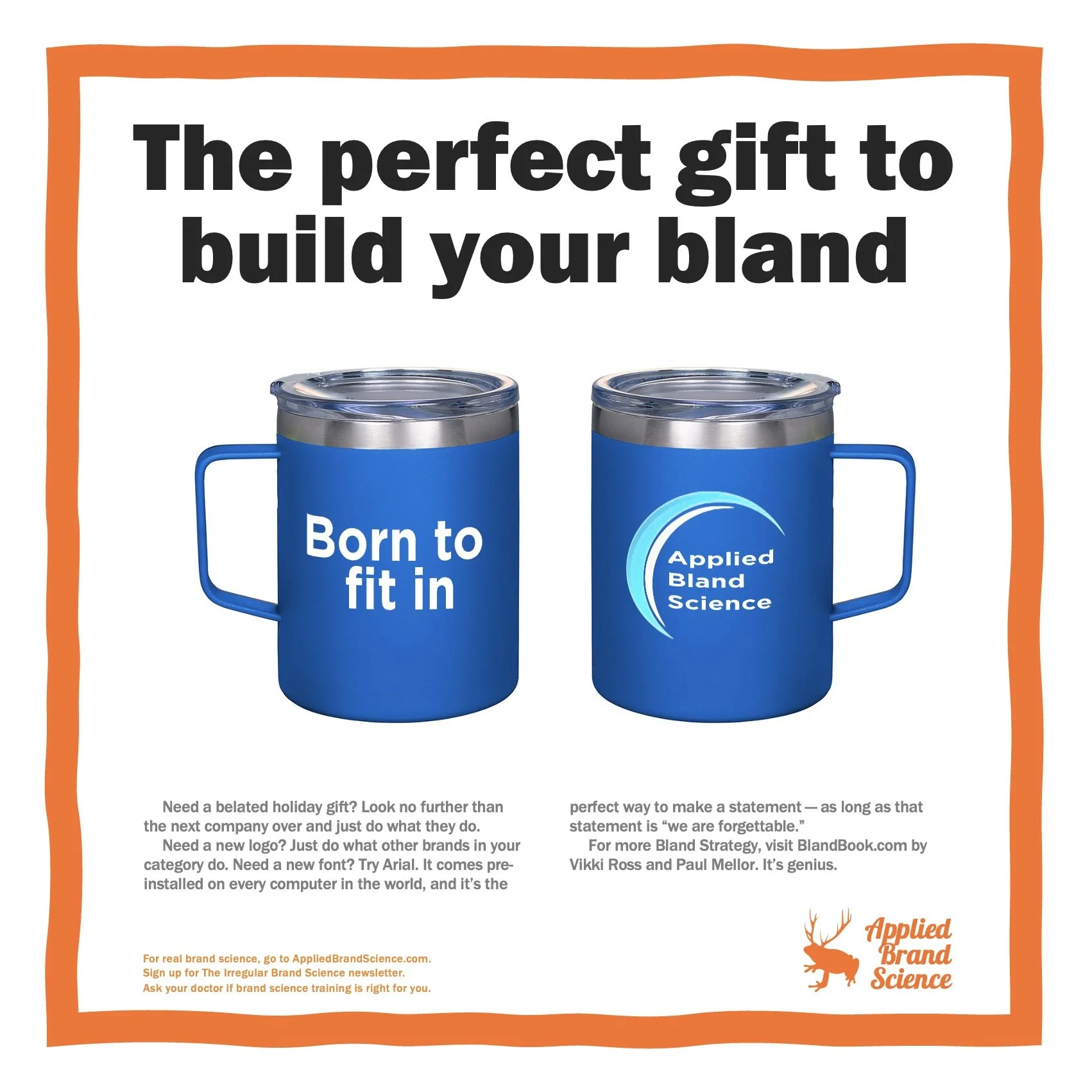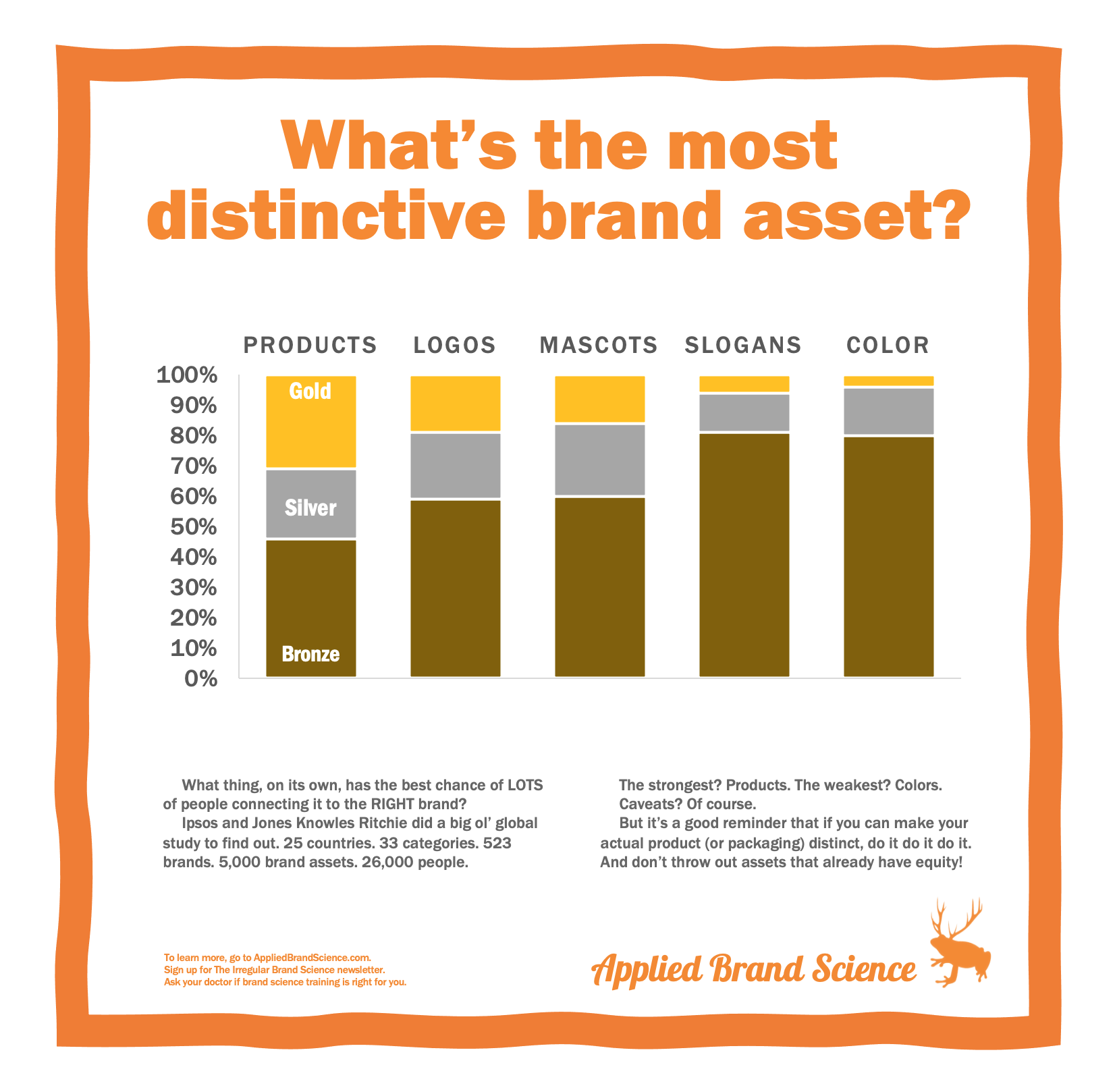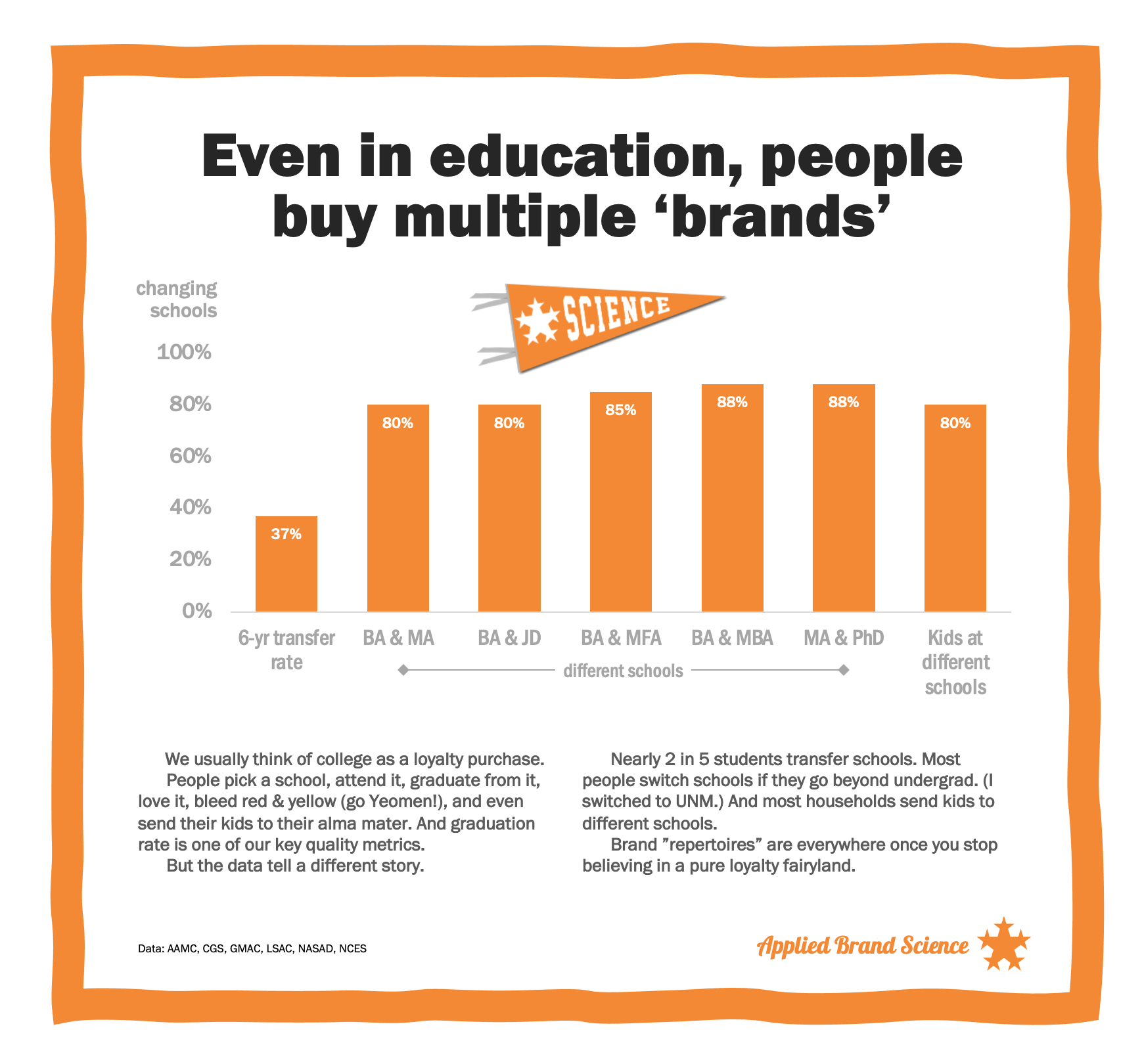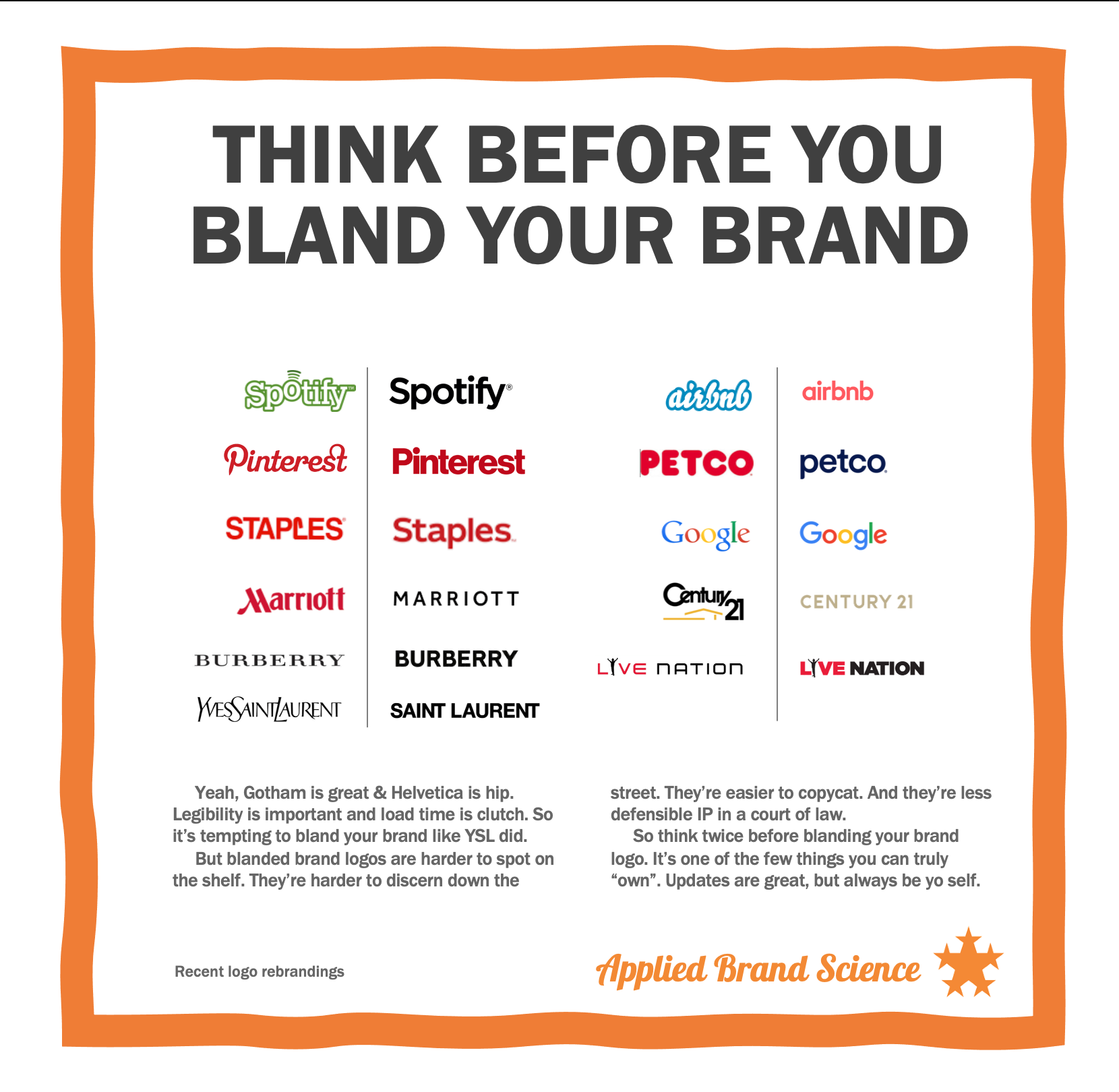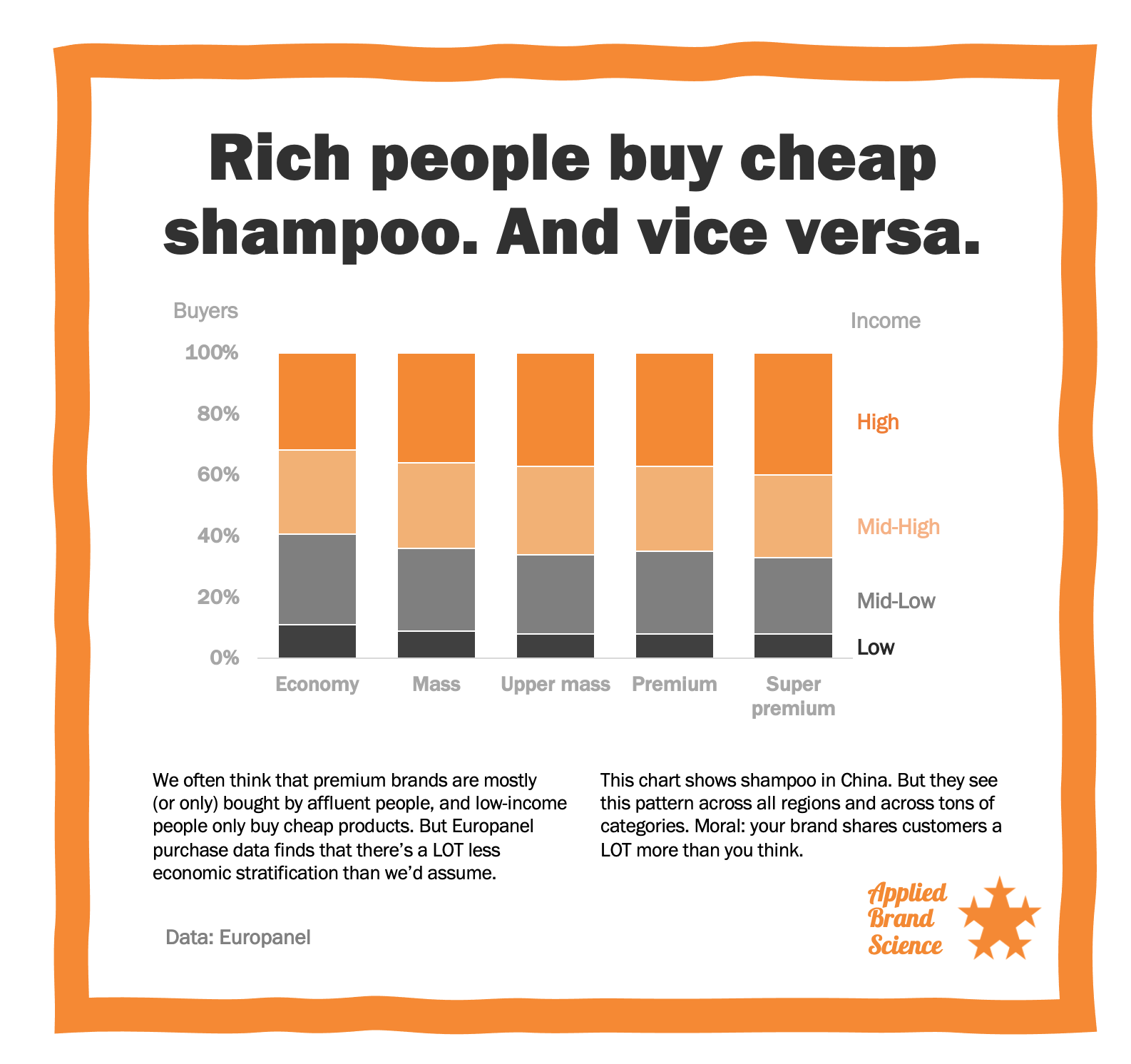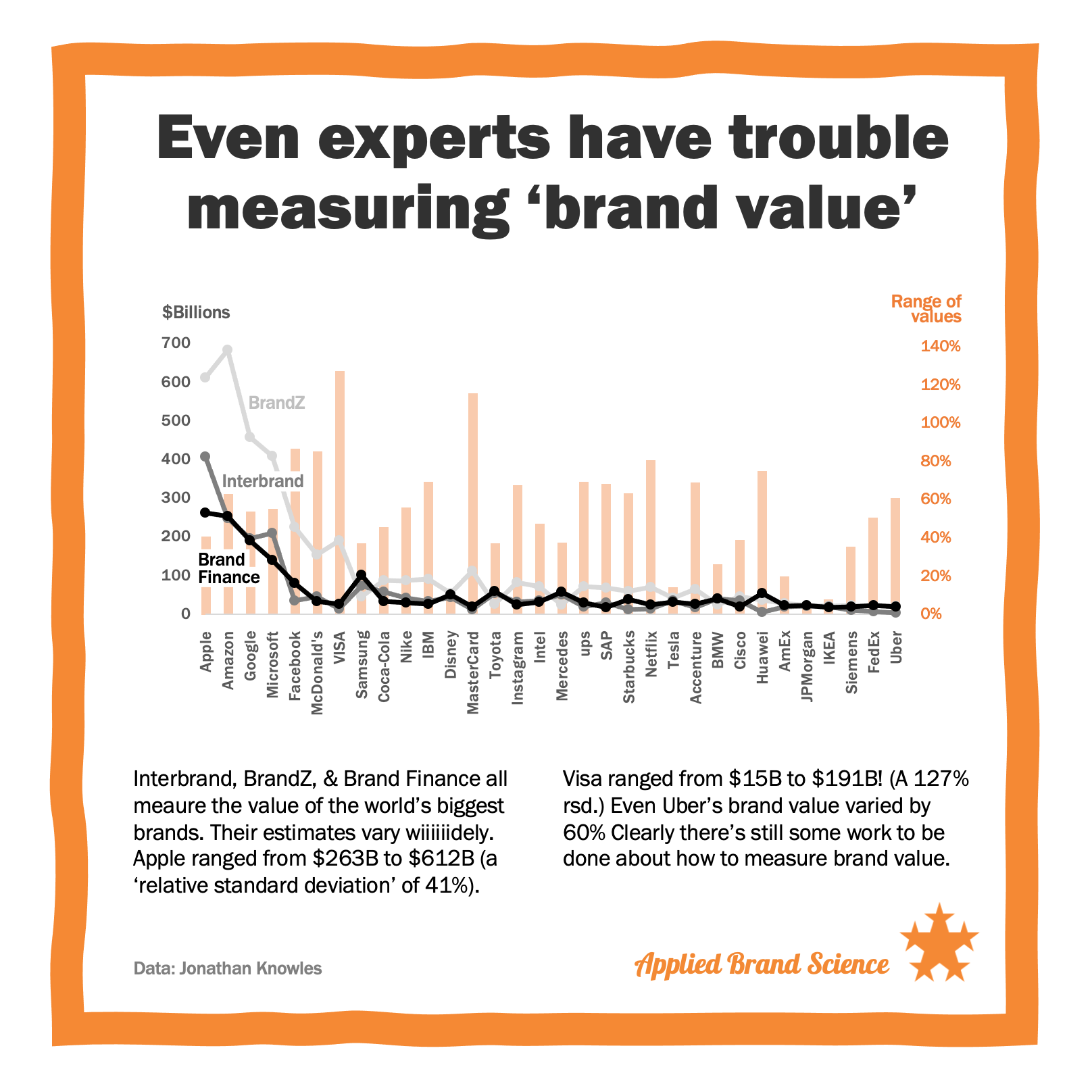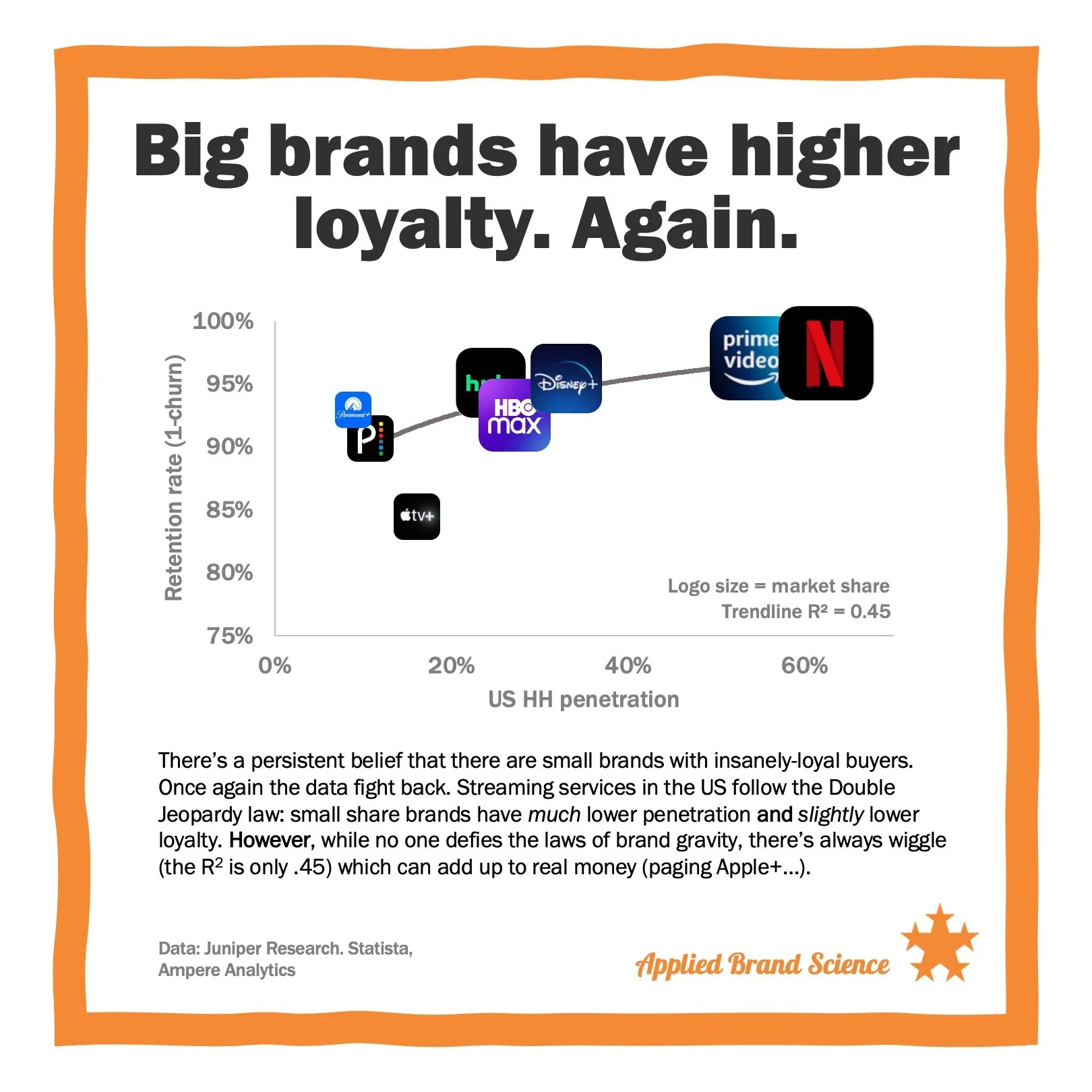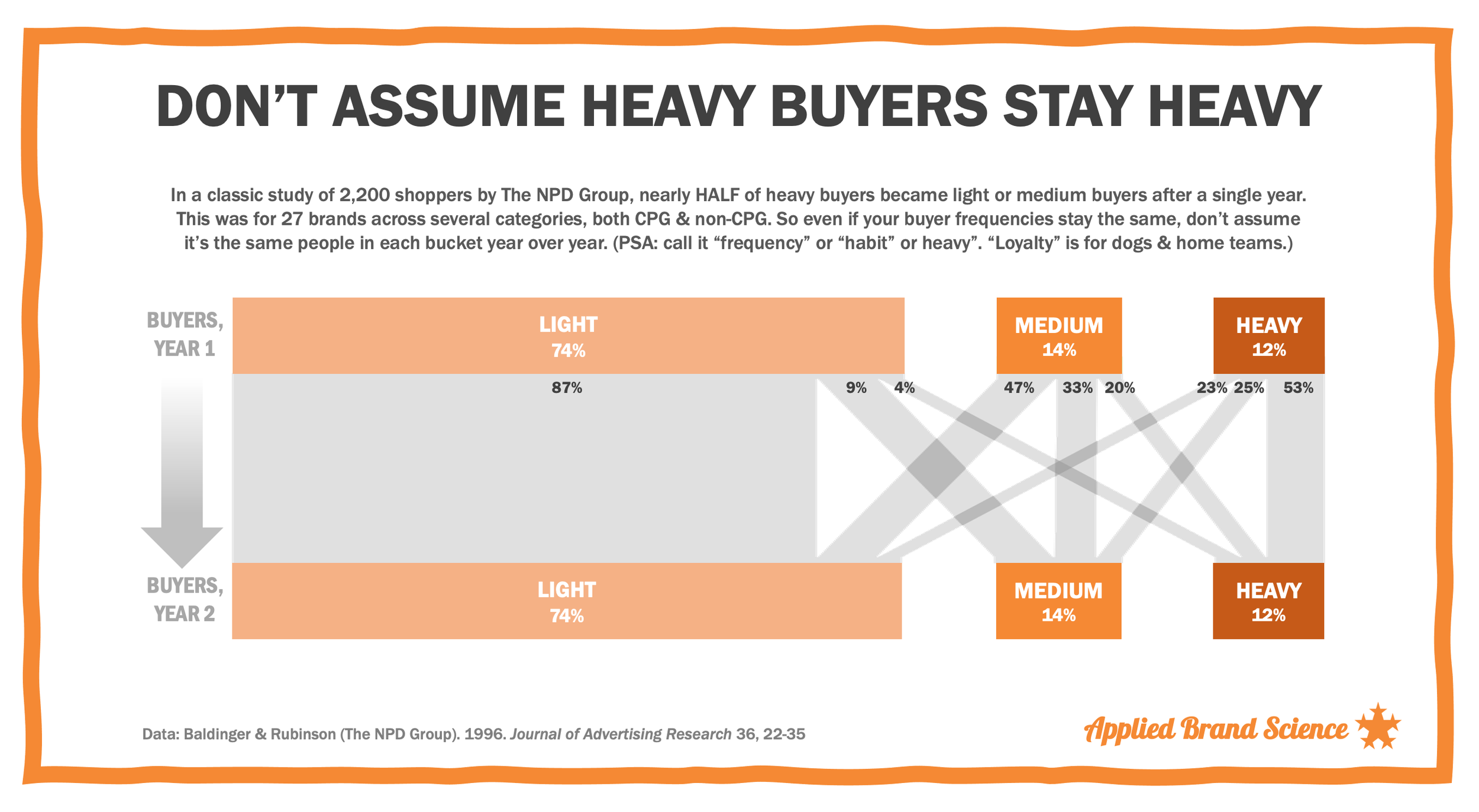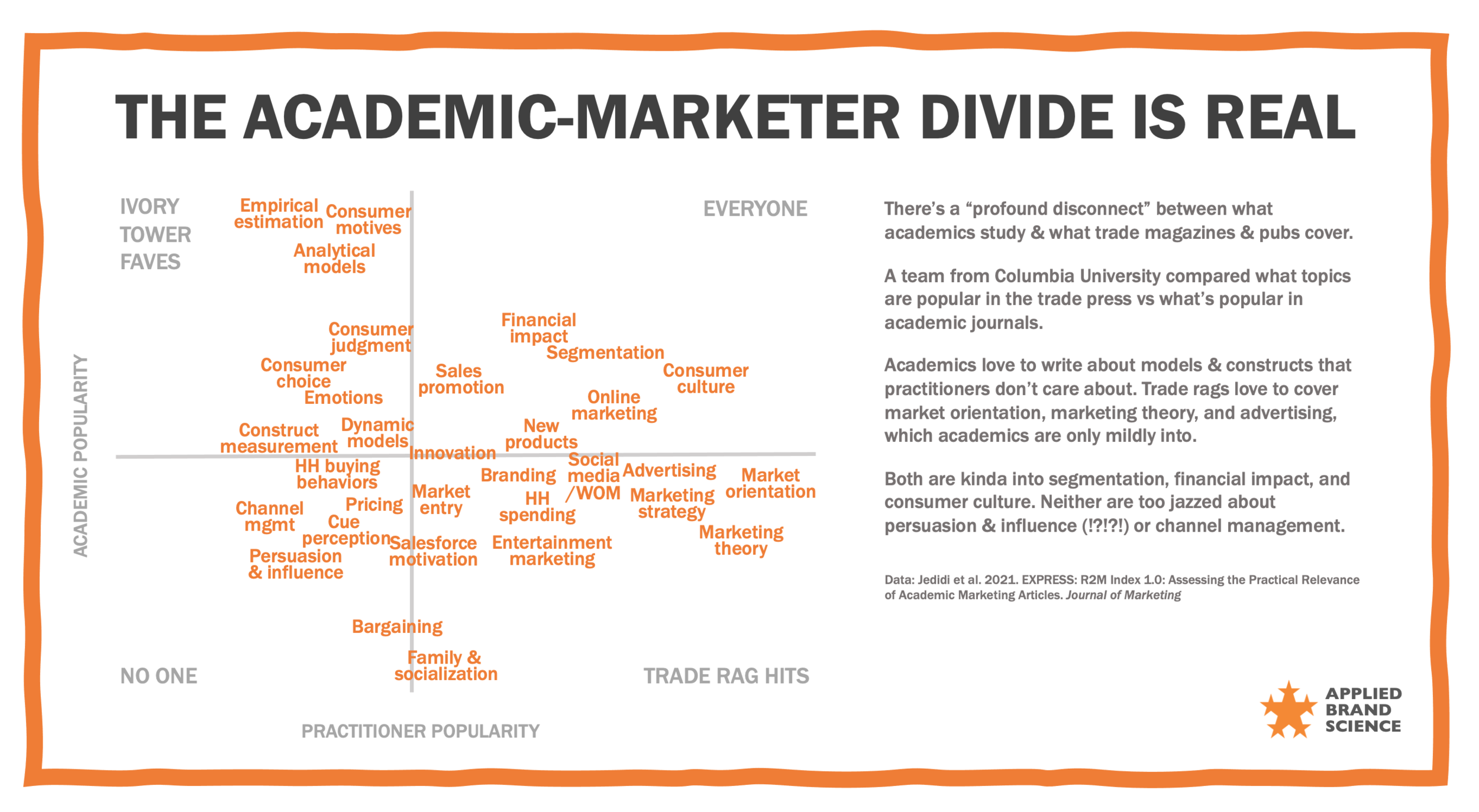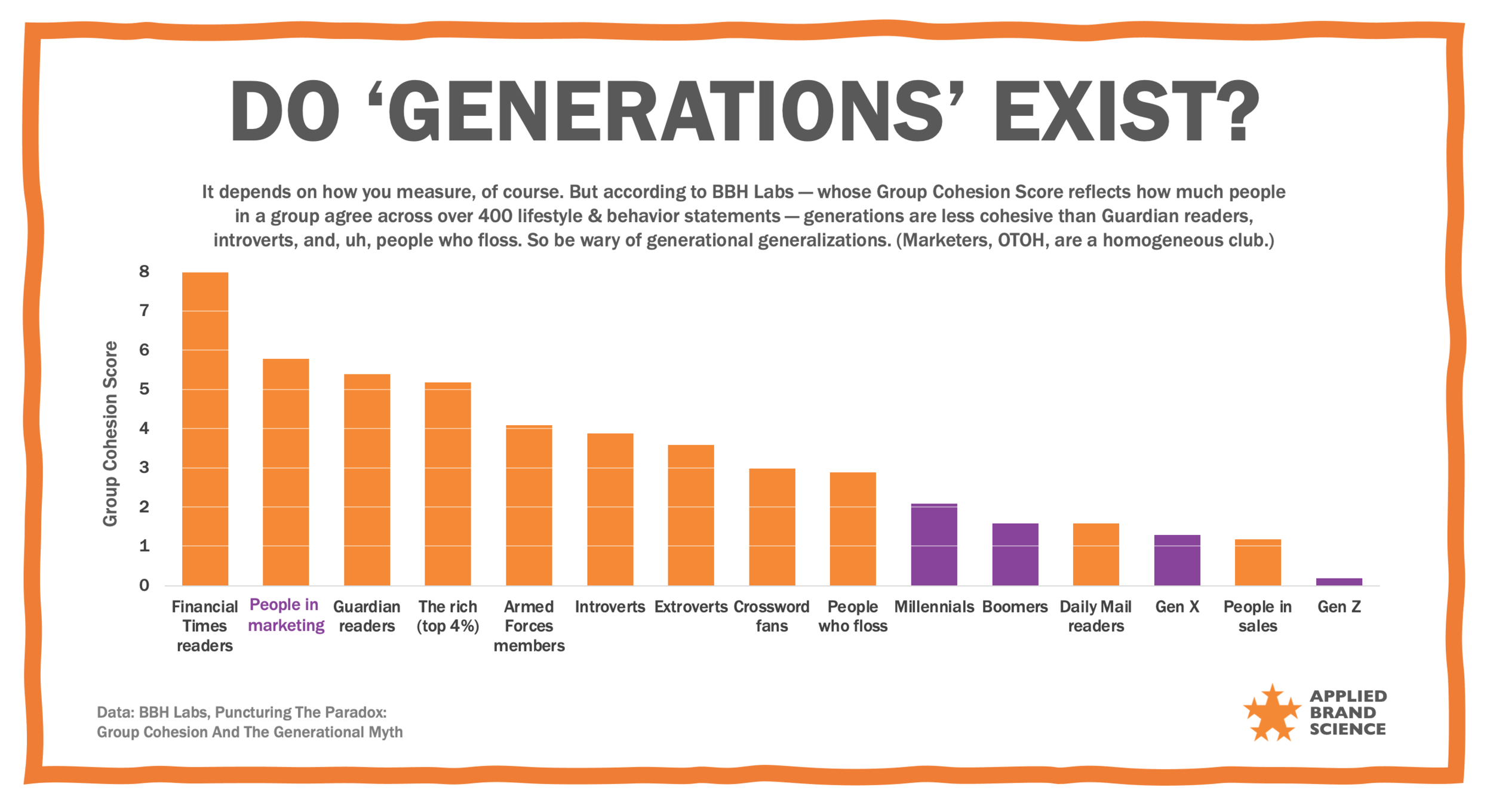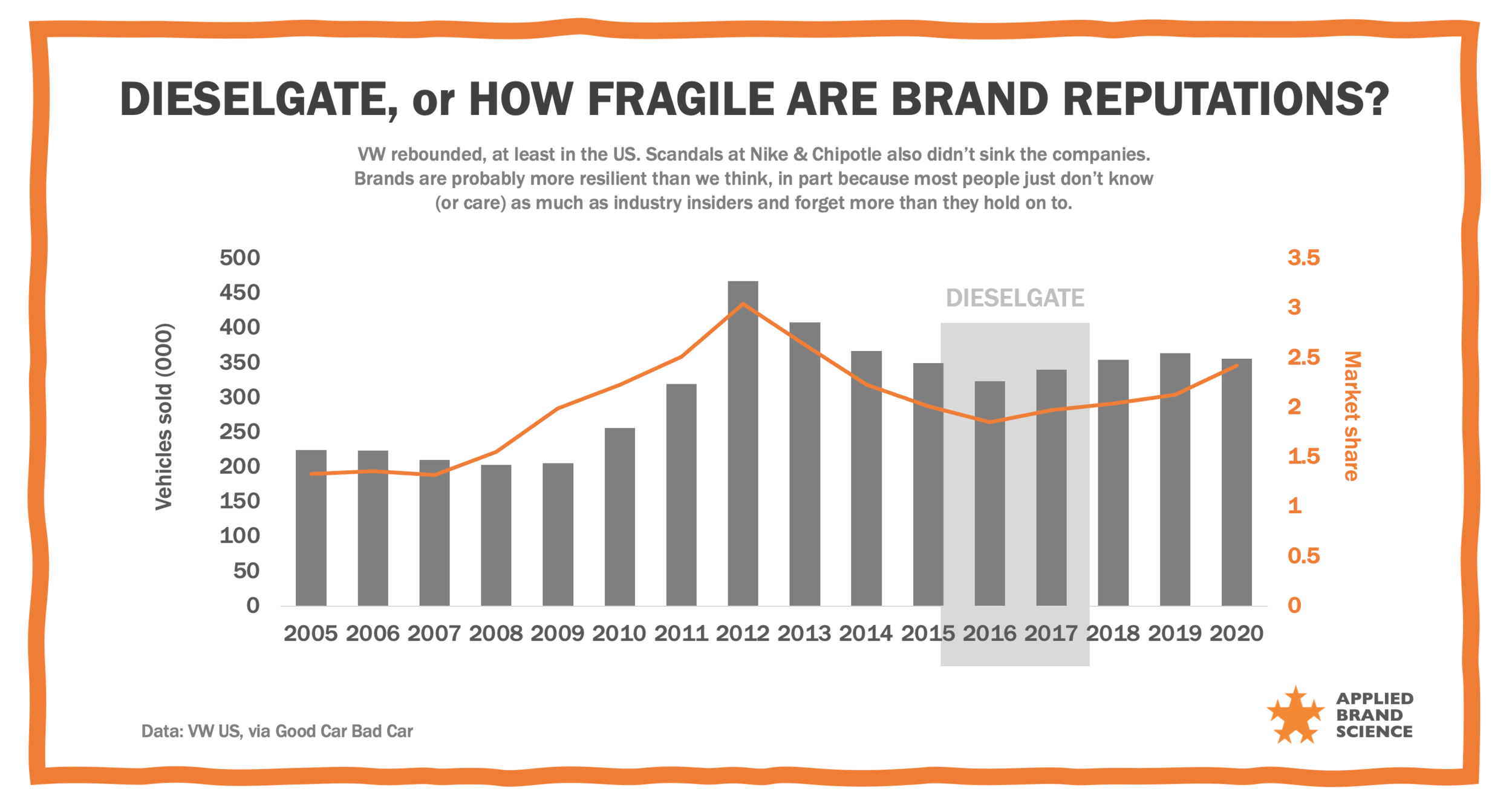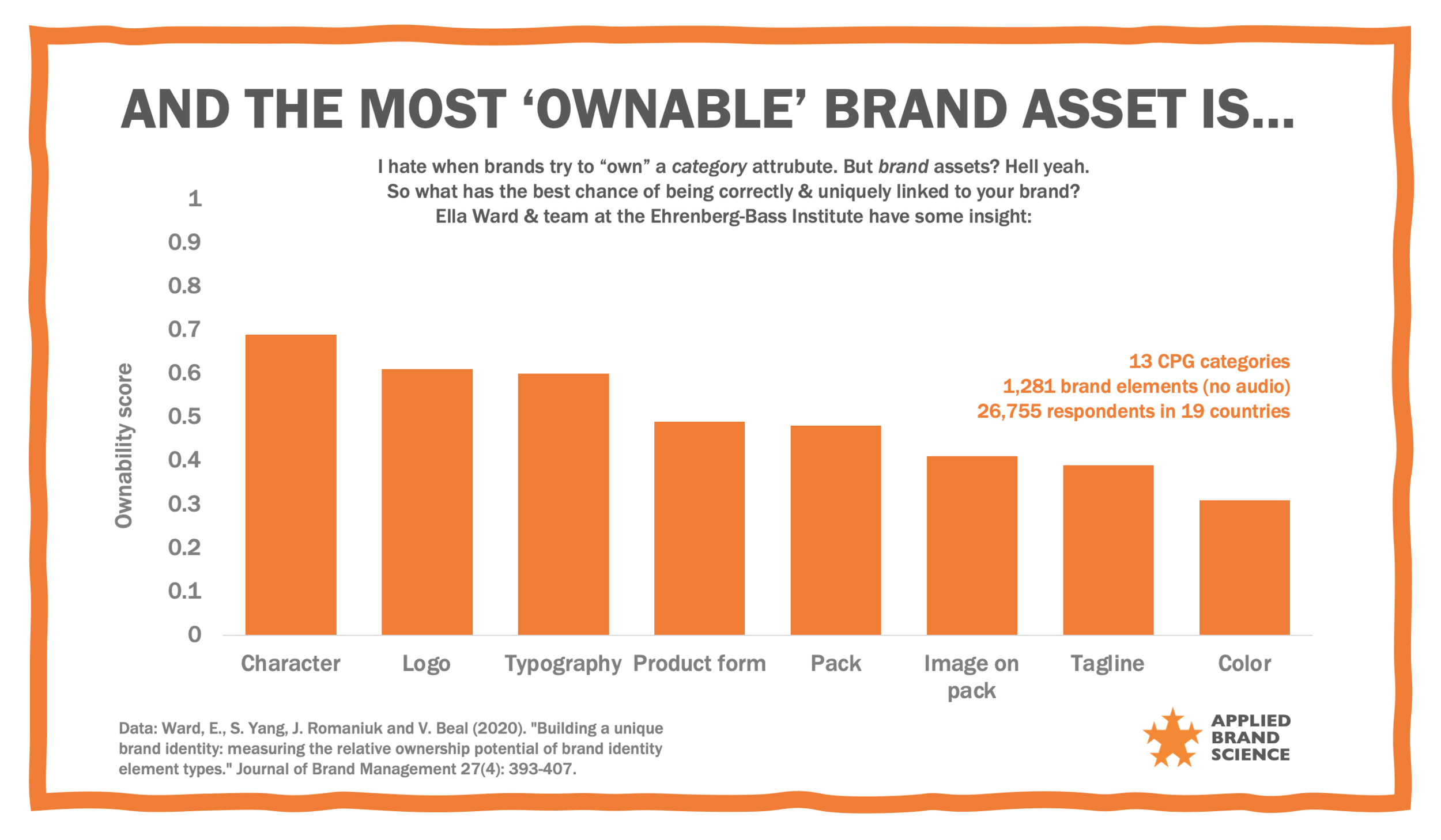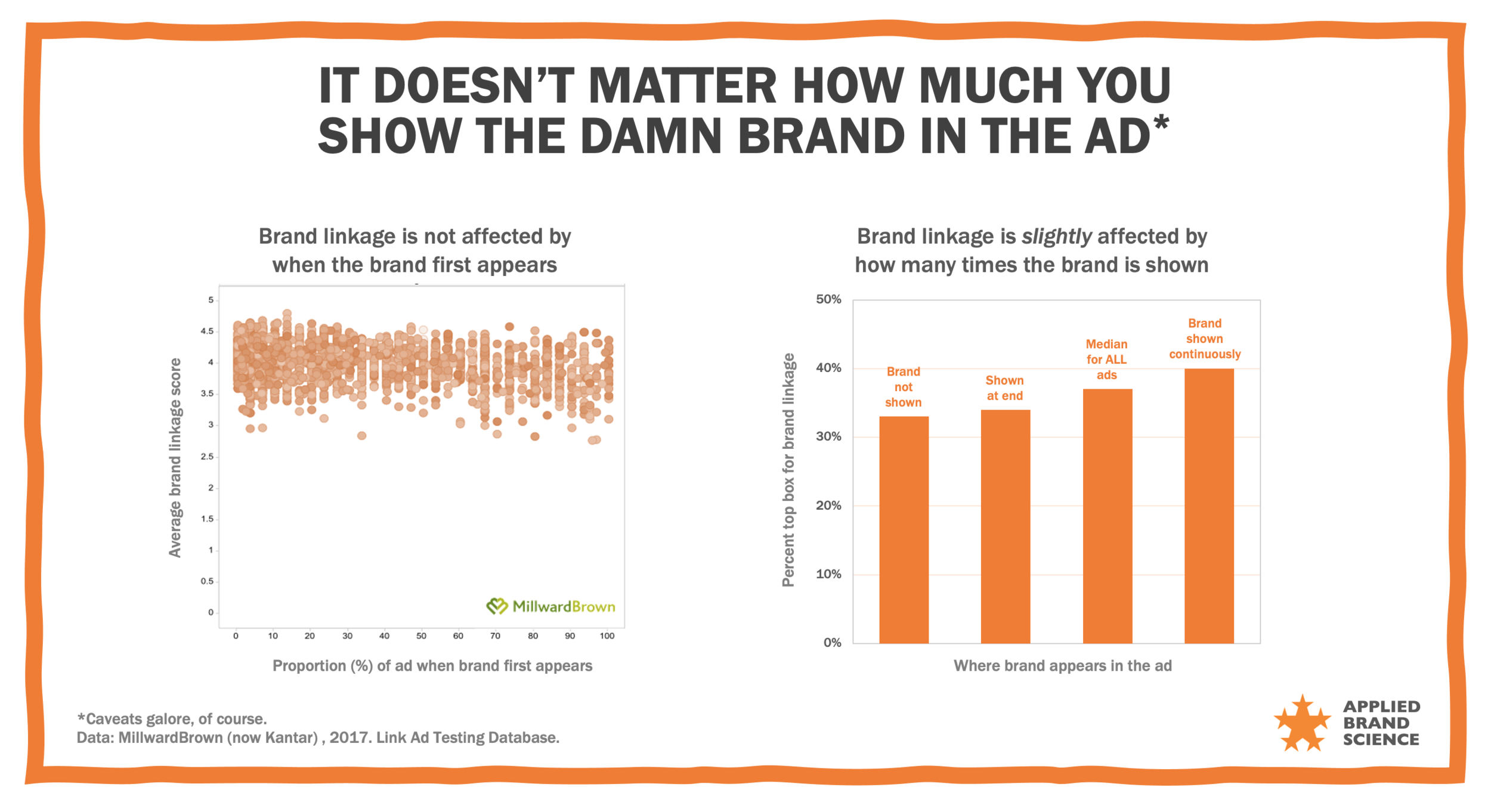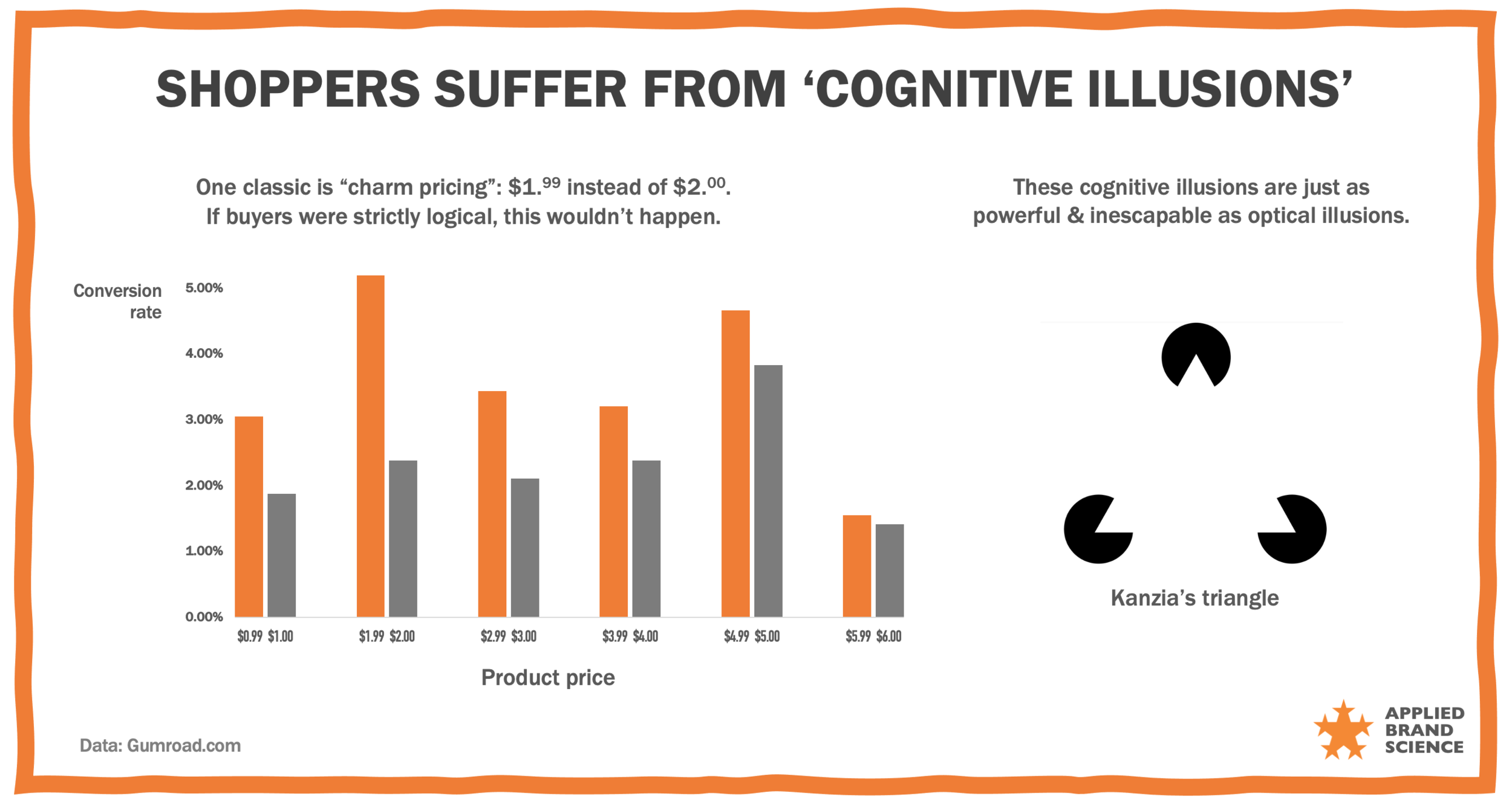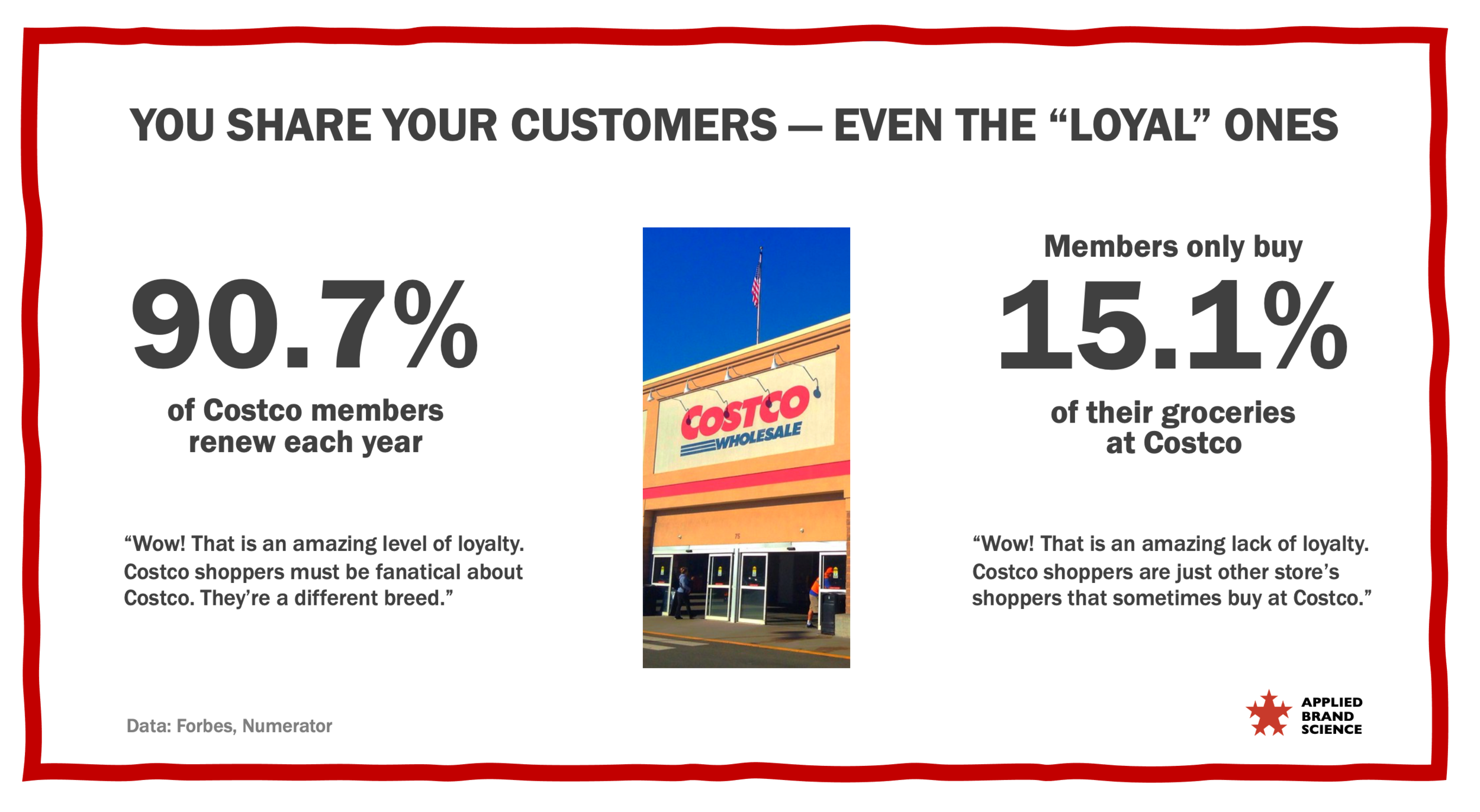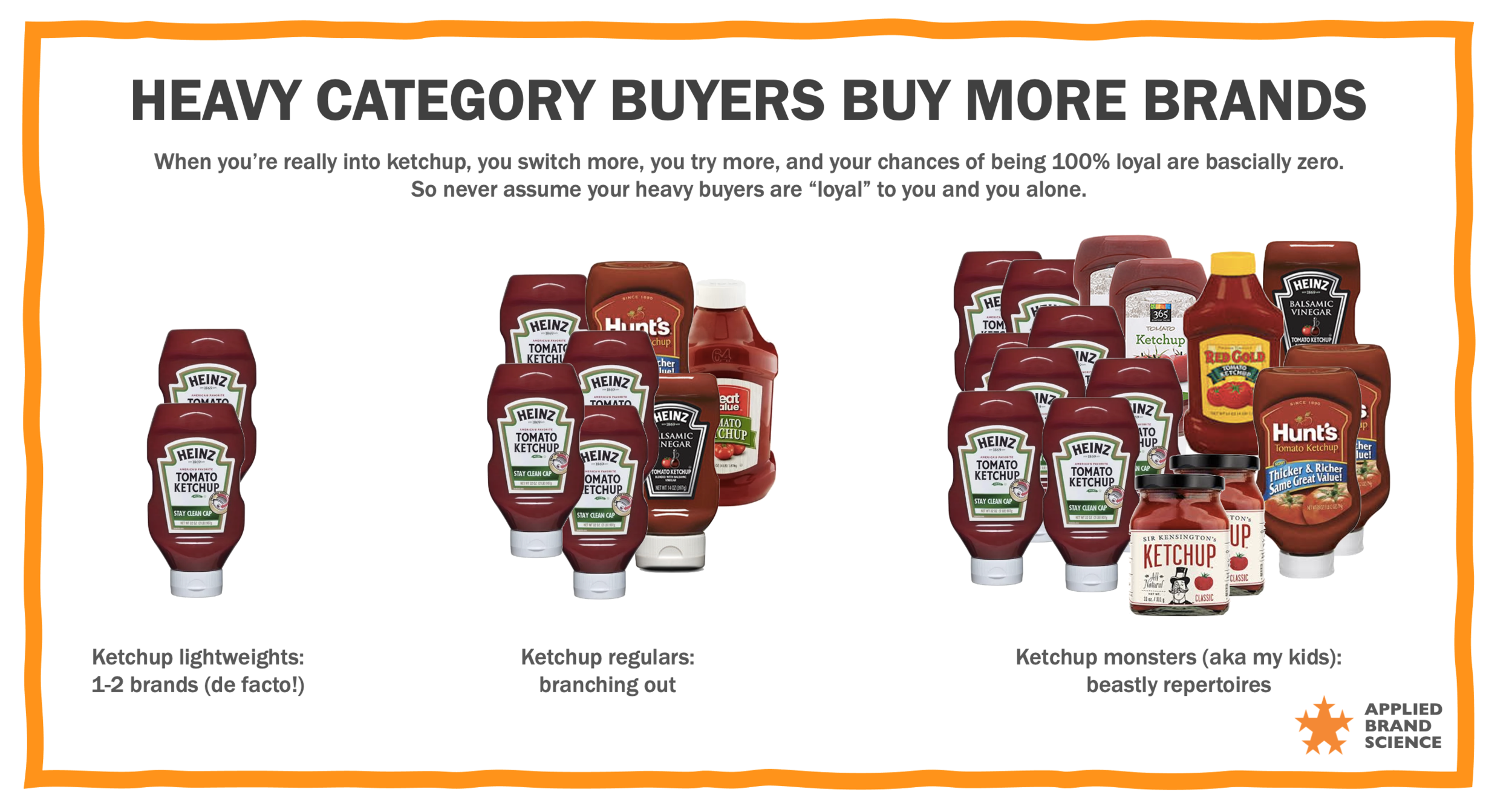
Your source for knowledge, reports, thought leadership, and other tomfoolery. No fluff. No folklore. Just sticky, science-backed brand truth.
The Most ABSurd Blog
Why do People Forget About Your Brand?
The first law of brand science: people forget everything—including your brand—because forgetting is literally how the brain works.
Feature: How do you make your brand fit in for the holidays?
Need a logo? Copy your competitors. Need a font? Go with Arial—the universal signal for ‘we are forgettable.’
What’s the most distinctive brand asset of all?
Ipsos and JKR found your most powerful brand asset isn’t your logo—it’s your product itself, like Oreos, Ray-Bans, and Legos.
Should You Let the Public Vote on a Design Project?
Should you let the public design your brand? Probably not—just ask Ulster, NY, where 93% voted for a weird spiderface sticker.
Is There Brand Loyalty to Colleges?
We think college is a loyalty purchase—pick a school, love it forever—but the data tell a much messier story.
Should You ”Bland” Your Brand?
Everyone’s flattening their logos to look modern and minimal—and ending up looking exactly like everyone else.
Are Premium Brands Only Bought By Affluent People?
You’d think rich people buy premium and everyone else buys cheap—but Europanel’s data shows shampoo doesn’t care about your income.
How Valuable is Your “Brand”?
Interbrand, BrandZ, and Brand Finance mostly agree on which brands are strongest—but not on what those brands are actually worth.
Big Brands Have Higher Loyalty. Again.
Streaming data proves it again: big brands like Netflix win twice—more buyers and higher retention—while small brands suffer Double Jeopardy.
Is Your Brand Easy to Recognize?
If you zoom out on a Google image search and can’t spot your brand fast, congrats—you look just like everyone else.
Do Heavy Buyers Stay Heavy?
NPD found that nearly three-quarters of buyers are light buyers—the universal Banana Curve strikes again.
The marketing-academia gap
Columbia researchers found a ‘tale of two cities’ between marketing academia and practice—the gap is wide, and getting wider.
How does brand building work?
Grace Kite and Tom Roach found the classic ‘long and short’ pattern holds up—but with a twist I call the ‘ramp and bump.’
Do 'generations' exist?
BBH Labs found Gen-Xers have less in common than Guardian readers or crossword fans—so maybe generations aren’t such a thing after all.
How fragile is your brand?
Warren Buffett says reputations die fast—but VW’s Dieselgate shows brands bounce back way easier than people do.
So you want an "ownable" brand asset...
Everyone wants ‘ownable’ brand assets—but Ehrenberg-Bass’s global study of 1,200 elements shows few are truly unique.
But how many times did you show the brand?
Kantar found that how often—or where—you show your brand in an ad doesn’t actually boost recall. Yowza.
Cognitive illusions
Charm pricing works like an optical illusion—once you see the trick, you still can’t unsee it.
Are Costco members loyal or not?
Brands love to call their heaviest buyers ‘loyal’—but heavy doesn’t mean loyal, and regular doesn’t either.
Heavy buyers aren't loyal buyers
Heavy buyers aren’t your most loyal—because the more people buy, the more brands they buy.

